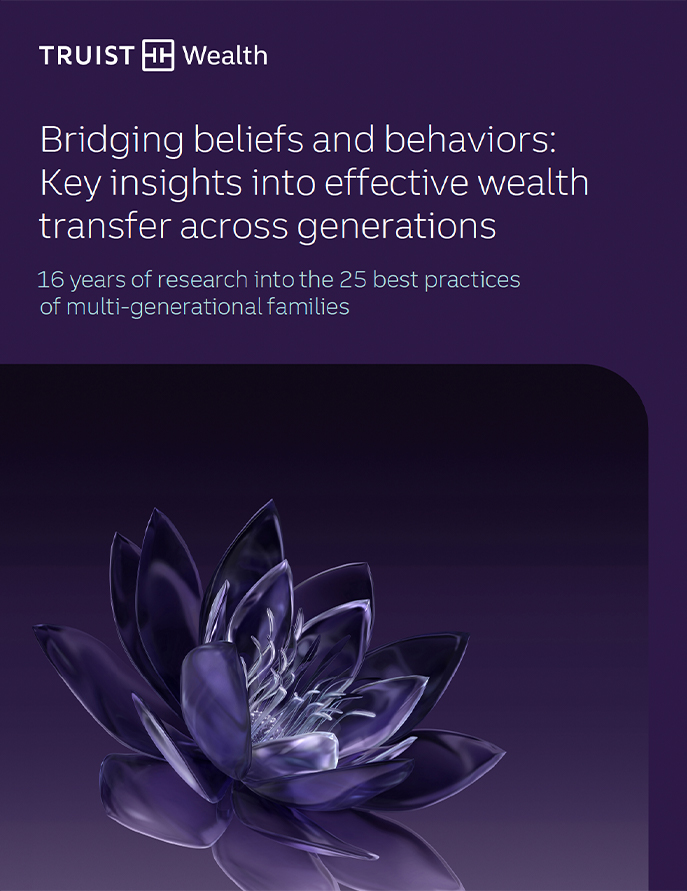
How to maximize your charitable giving impact
Community How to maximize your charitable giving impact
With all the different ways to give and their financial implications, it’s important to keep best practices in mind.
Article
06/26/2024
How to maximize your charitable giving impact
If you want to make the biggest impact possible with your charitable giving, here are some tips, strategies, and best practices to consider.

Questions to help you explore your purpose and values
Financial Planning Explore your purpose and values
Understanding your purpose can help you sort through the choices in wealth planning.
Article
05/31/2024
Questions to help you explore your purpose and values
Sometimes the hardest step is the first one. These questions can start you thinking about your purpose and values.

How You (and Your Wealth) Can Make a Difference
Investing and Retirement Planning How You (and Your Wealth) Can Make a Difference
Giving and volunteering can be an emotionally healthy and rewarding outlet; so how can you become more engaged? It's easy to get started.
Article
10/27/2023
How You (and Your Wealth) Can Make a Difference
Giving and volunteering can be an emotionally healthy and rewarding outlet; so how can you become more engaged? It's easy to get started.

